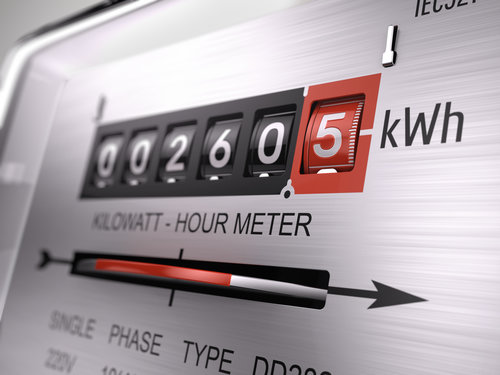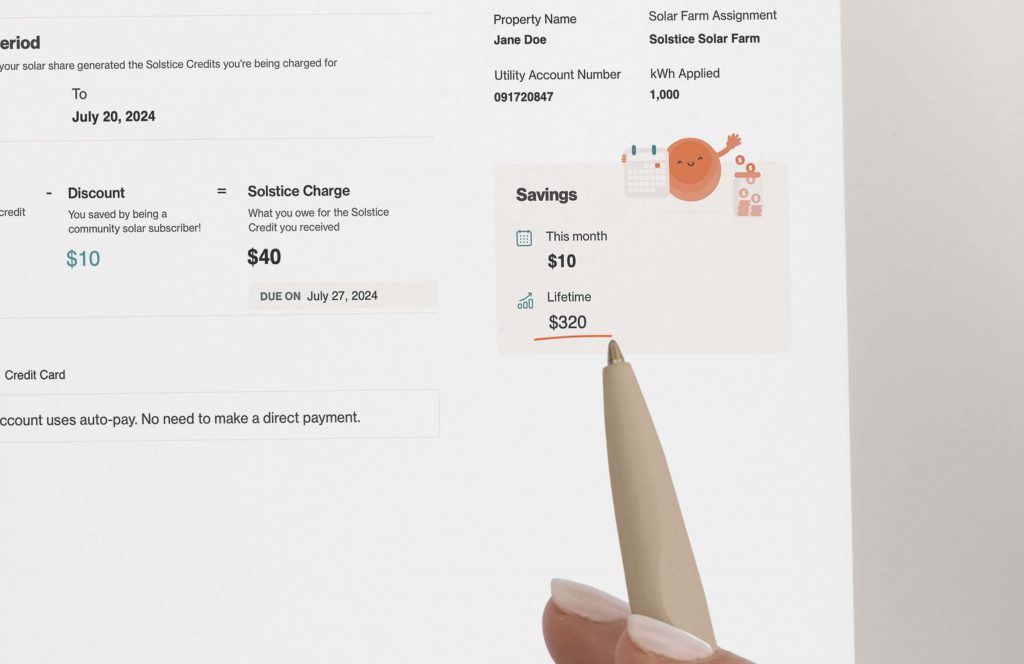A conversation is being held in states across America that will shape the future of solar energy. Strong opinions have come to the forefront as citizens debate the merit of feed-in tariffs and the answer to one fundamental question: how should Americans be compensated for the renewable energy that they produce?
This question has sparked such a strong debate precisely because it gets to the heart of how people envision the future of energy in America—namely, should utilities maintain their monopoly on energy systems, or should we enable everyday households to contribute to the energy supply that flows through our electric lines?
So what are the policies at the heart of this debate, “net metering” and “feed-in tariffs”, how do they work, and what is the source of the back-and-forth?
Net metering and feed-in tariffs are both methods for compensating households and organizations for the energy they produce, whether through community solar or via rooftop solar panels—the biggest difference being how much savings consumers see at the end of the day.

Table of Contents
What is Net Metering?
With net metering, the power your panels produce brings you credits that help to offset your utility electric bill. So, if you enroll for a community solar allocation that produces 800 kwh (kilowatt hours) during the month of April, you are given 800 kwh worth of credits on your April bill. If you use less than 800 kwh amount, your credits will carry over to the following month, so that they can be used in times when your panels produce less energy than you consume.
The important distinguishing factor her is that net metering provides energy generators with compensation equal to the rate they pay for electricity—commonly known as the “retail rate” of electricity.
What are Feed-in Tariffs?
Feed-in tariffs can be considered to be much the same as net metering—the major difference being that feed-in tariffs, unlike net metering rates, are not pinned directly to the value that consumers pay for energy. In other words, instead of getting a kilowatt-hour’s worth of credit for every kilowatt-hour your panels produce, you get a monetary credit that corresponds to the value of that energy. This value can be either higher or lower than the retail cost, and this rate can determine the viability of solar energy in the state.

Feed-in Tariffs and the Value of Solar Energy
This question lies at the heart of current debates over solar compensation: If solar energy has a value separate from the retail rate of energy, what is that value, and how much should solar energy households be compensated? On the positive side, solar energy provides clean, reliable energy to the grid, avoiding significant social and monetary costs related to pollution impacts and climate change. Small-scale energy generation also makes our energy grid stronger in the face of cyberattacks and natural disasters, and the cost of that energy doesn’t vary based on unreliable fuel prices. On the negative side, adapting to a grid run on solar energy does introduce some challenges, namely the initial costs of adjusting the grid to handle the new energy sources, and the need for new energy storage capacity to help keep the lights on after dark. As we’re increasingly seeing, the balance falls in favor of more solar and higher compensation rates. Early results from models such as Illinois’ CREST model for the value of solar energy suggest that the value of solar today is likely greater than the average retail rate. And while its value will change based on location and various other factors, this is a strong argument for feed-in tariffs that match the retail rate of electricity.
How do feed-in tariffs affect existing solar households?
Many people who have already installed solar panels or enrolled in community solar rightly ask: if my state introduces feed-in tariffs, will this change the amount of savings that I see on a monthly basis? The short answer is that compensation rates for existing customer aren’t likely to be affected. In the vast majority of cases, states have rules ensuring that existing solar households will continue to see the same compensation rates that they signed on for in the beginning; those who are new to solar will be the ones to receive the new rates.
Positives and Negatives of Net Metering and Feed-in Tariffs
Still not sure where you stand on net metering and feed-in tariffs? Here is your chance to consider what both methods offer, and inform yourself on the positive and negative aspects of each.
Net Metering Drawbacks:
- Net metering doesn’t always pay energy generators for the true value of their energy
- Some energy utilities are concerned that net metering may cause households who don’t enroll in solar to pay some of the costs of introducing more solar, and argue that utilities should instead have control of energy generation.
Net Metering Perks:
- Simplicity: you only pay for your net energy use, energy consumed minus energy produced
- Some states guarantee your right to net meter and lower your electricity bill, and forty-three states including DC have implemented net metering policies.
Feed-in Tariff Drawbacks:
- The implemention process can be complex. Feed-in tariffs can be lower than the retail rate and slow down solar development.
- Value of solar models are still relatively early in their development, and their impact on solar deployment is not yet clear.
Feed-in Tariff Perks:
- Feed-in tariffs are more likely to pay people for the actual value of the energy that they generate
- Feed-in tariffs can be adjusted to account for considerations like time and location of the energy generation.
- Feed-in tariff rates can be higher than the retail rate, making solar more attractive to households.
Net Metering And Feed-in Tariffs Offer Solutions To Grow Clean, Renewable Energy
Both net metering and feed-in tariffs have their appeal and both have their trade-offs. Some long-time supporters of net metering have pushed back against efforts to transition to feed-in tariffs, but most have come to realize that feed-in tariffs that are truly representative of the value of solar energy will also provide strong incentives for the ongoing growth of solar energy. With feed-in tariffs advancing in states across the country, it will be vital that advocates for clean and affordable energy come together to support policies that provide solar households the compensation they deserve.




